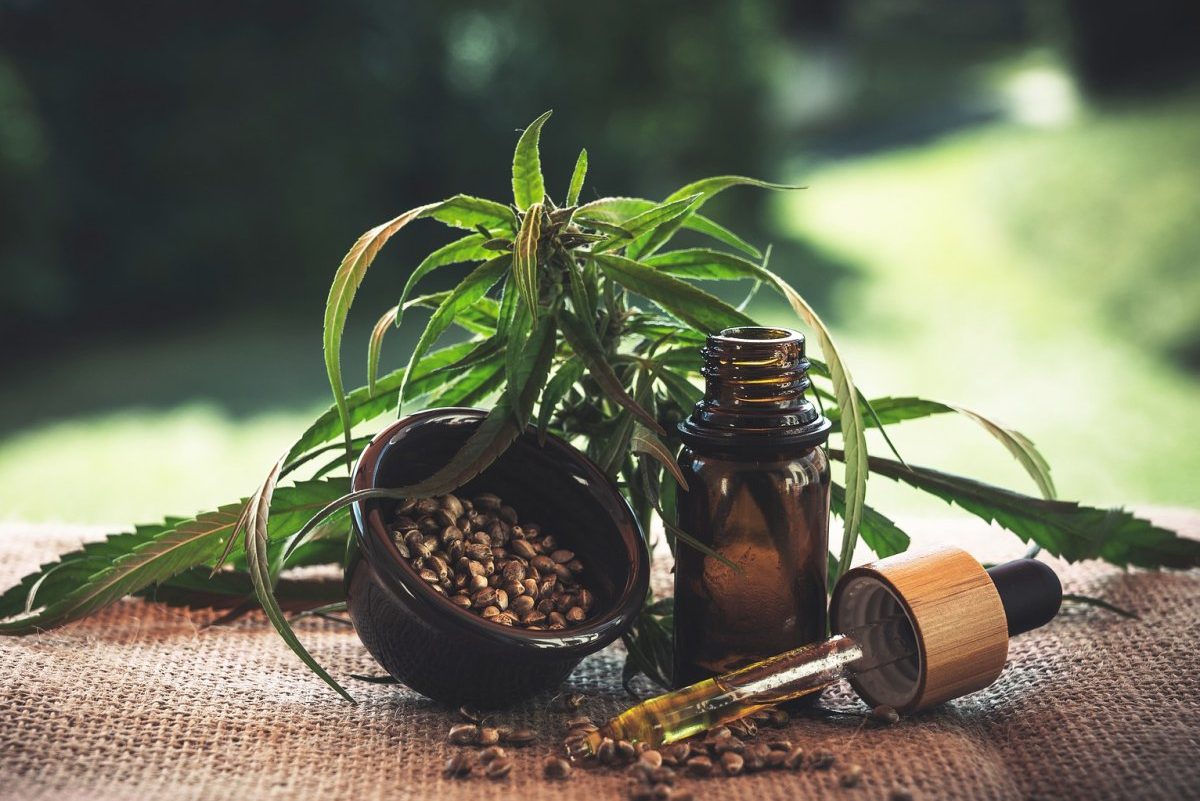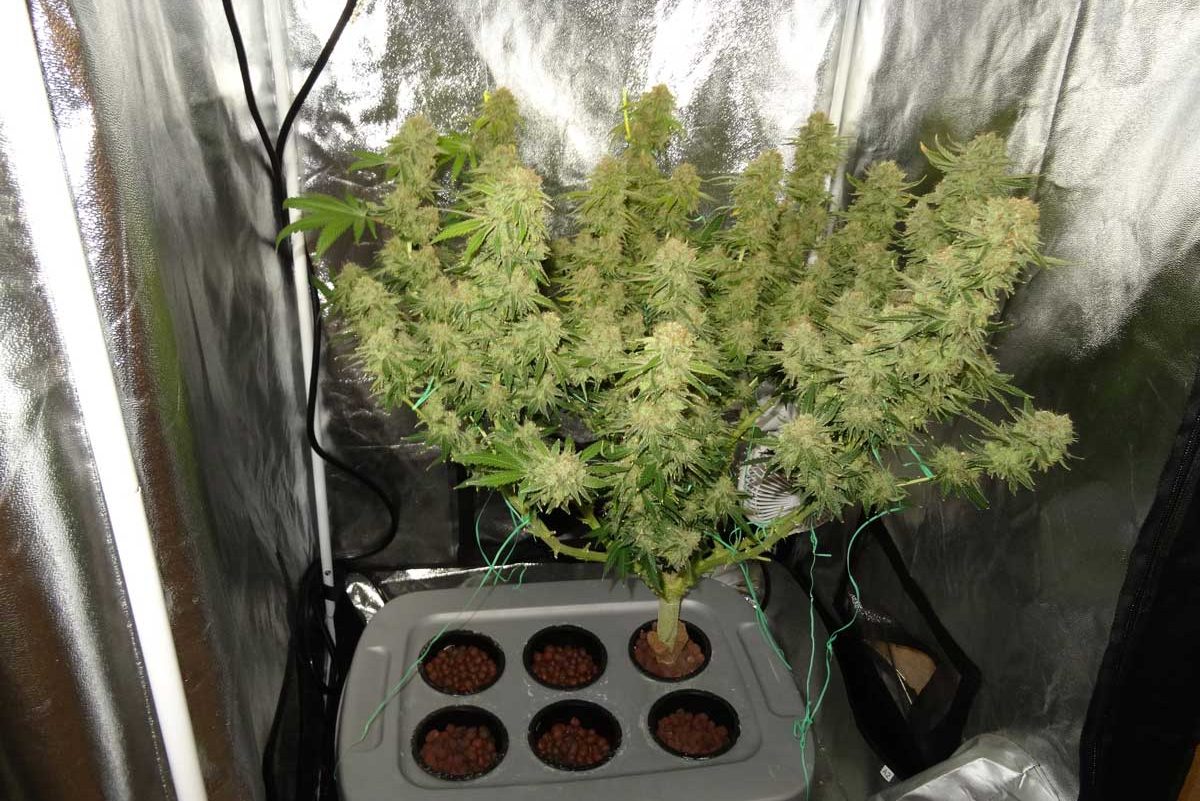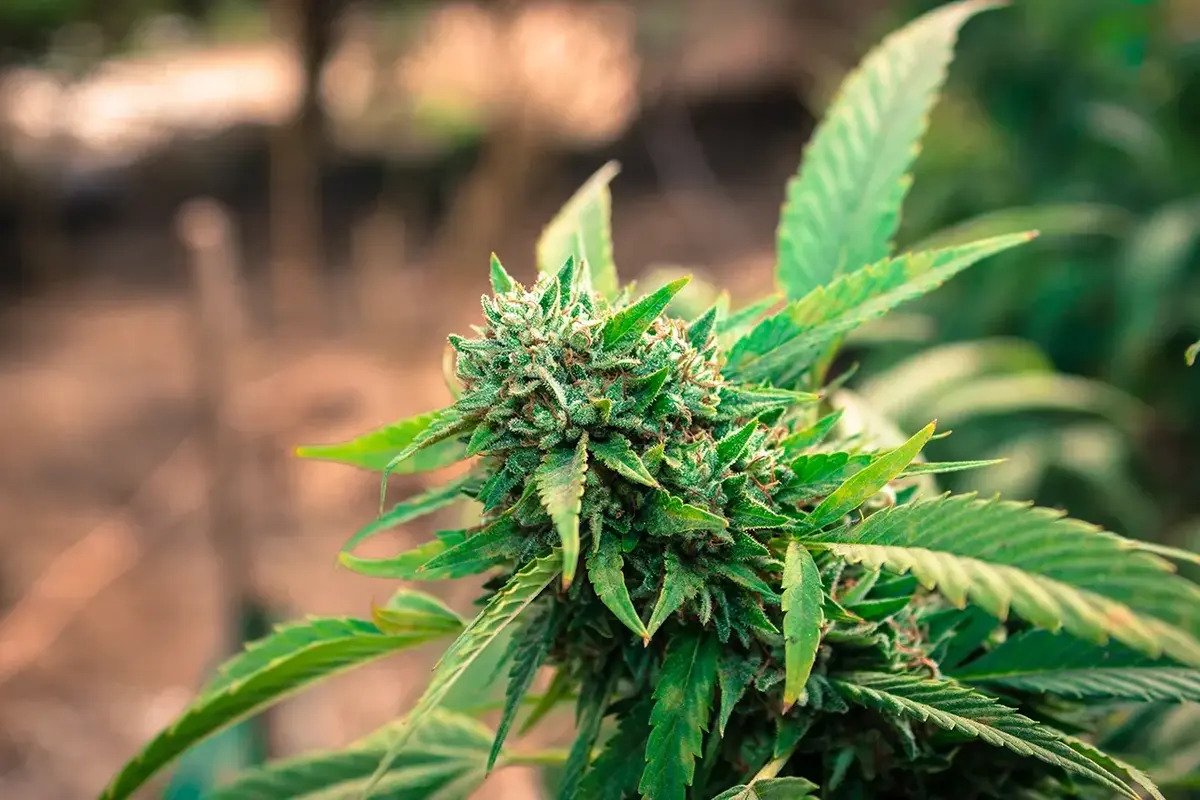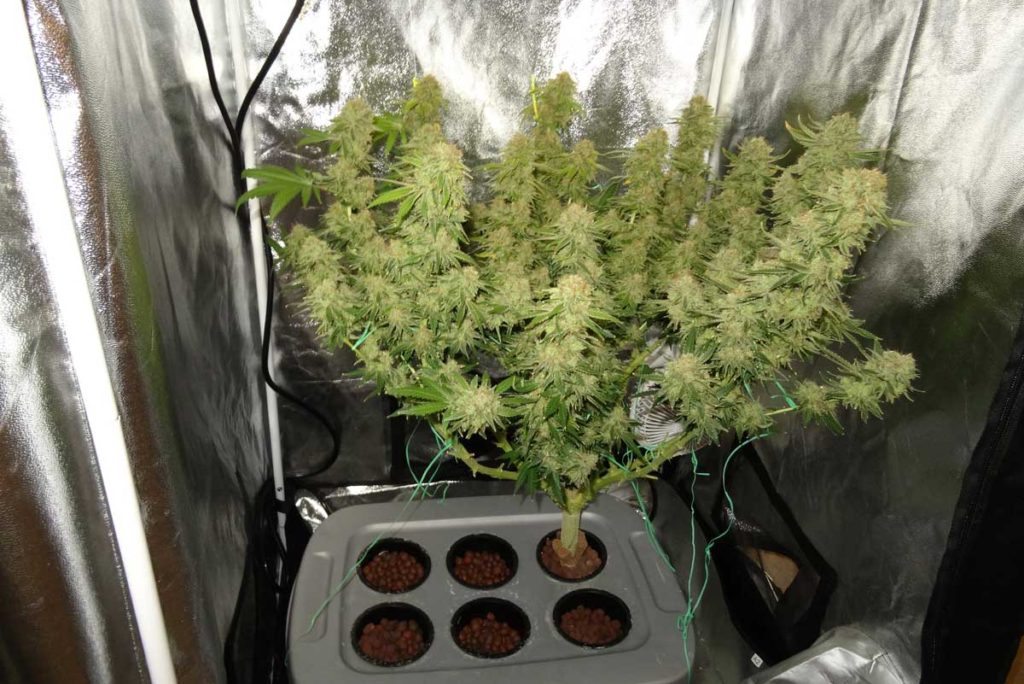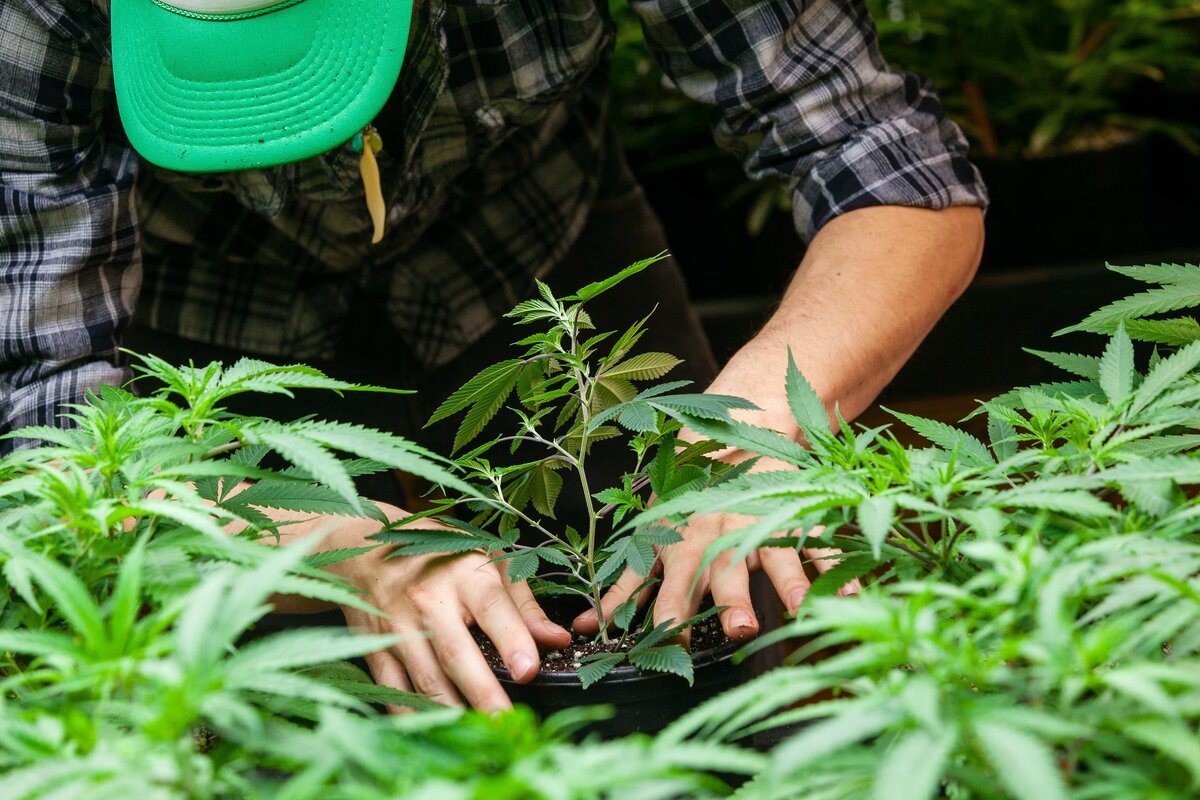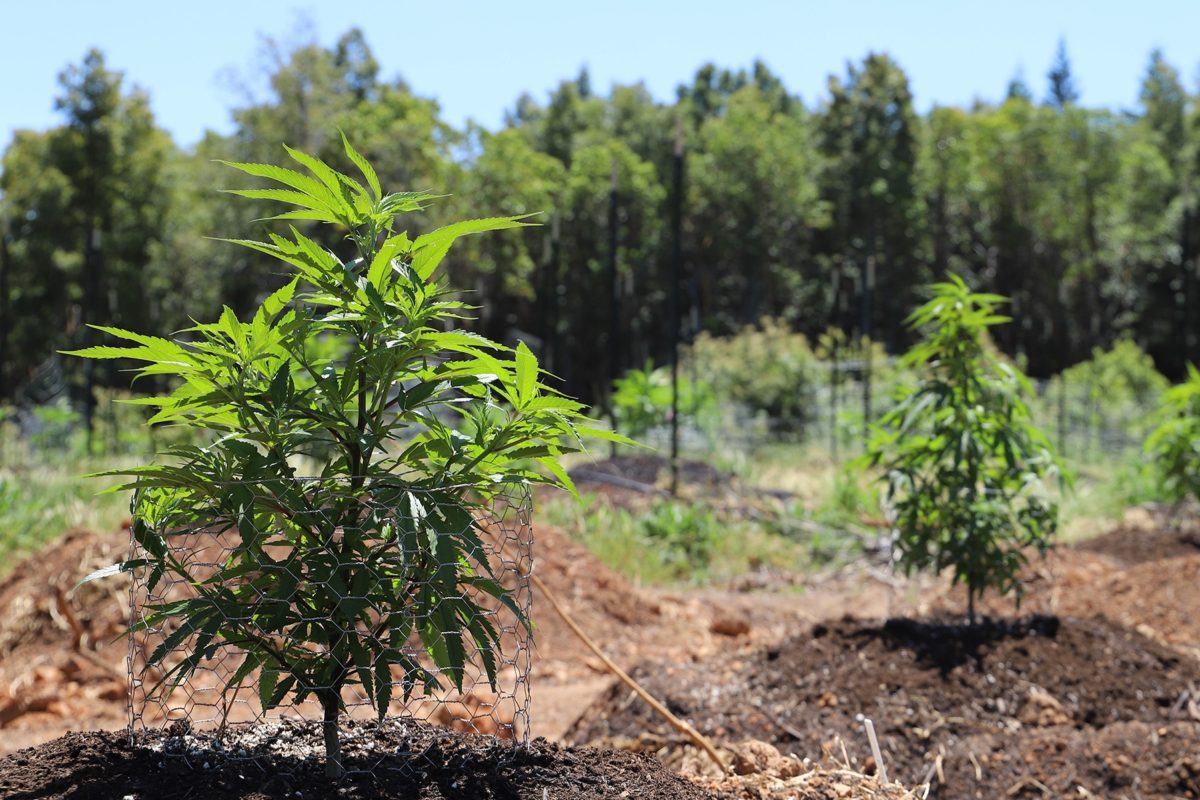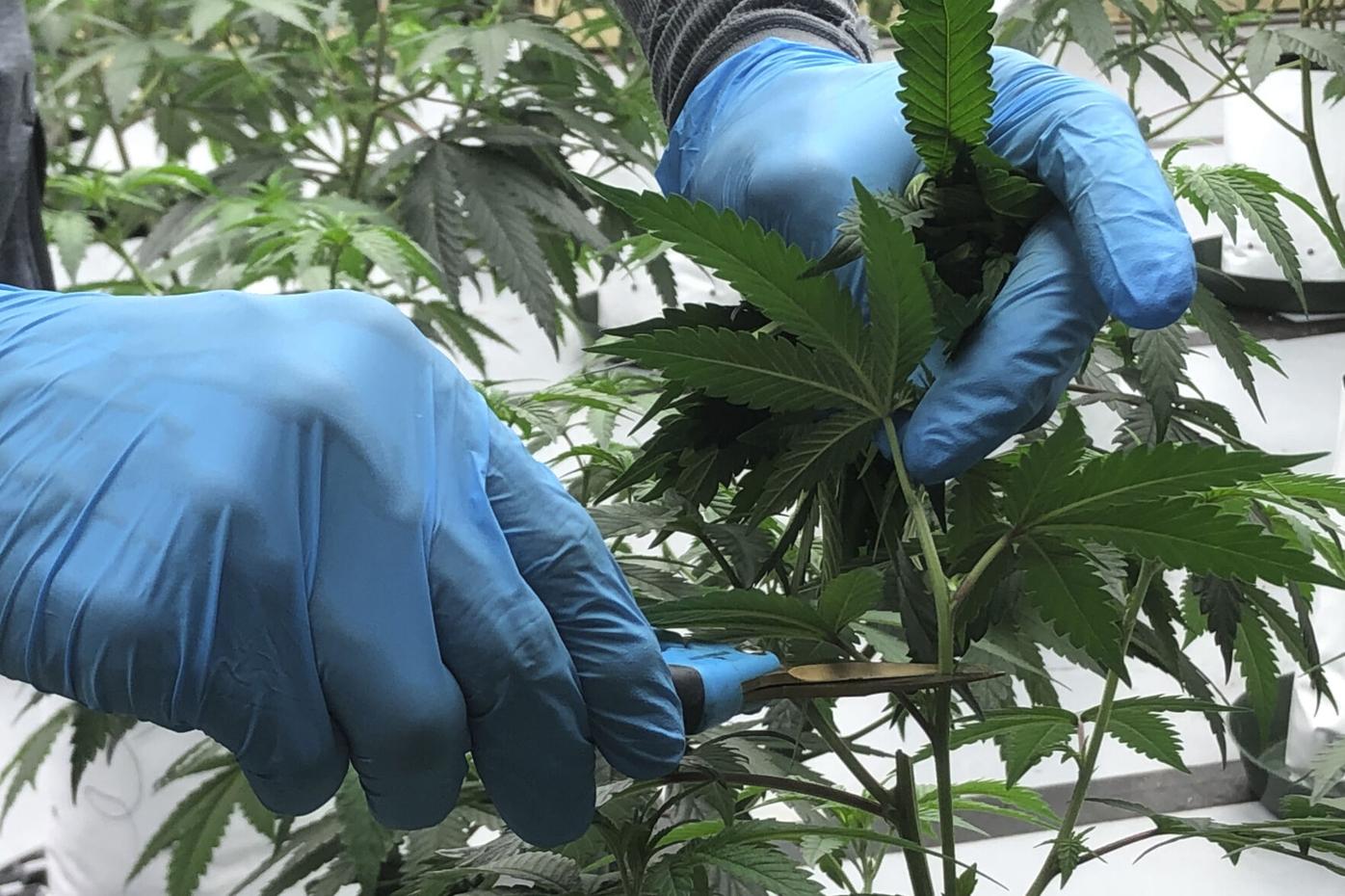CBD oil emerges as one of the most promising natural remedies in modern medicine, offering relief for conditions ranging from chronic pain to anxiety. As CBD Canada continues to grow in popularity, healthcare professionals and researchers continue to uncover the remarkable
medicinal benefits of cannabis compounds, particularly CBD. This non-psychoactive cannabinoid works by interacting with the body’s endocannabinoid system, a complex network responsible for maintaining balance in various physiological processes. Recent clinical studies demonstrate CBD’s potential to reduce inflammation, manage seizures, and alleviate symptoms of …


